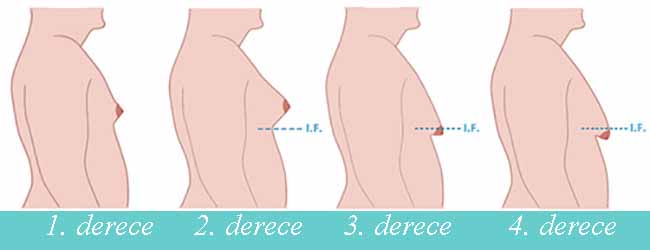Gynecomastia

A gynecomastia In many men, the mammary gland is enlarged to resemble the appearance of a female breast. In this case one speaks of a gynecomastia. The possible causes of gynecomastia are hormonal imbalances, fat deposits or an unhealthy lifestyle. The feminization of the breast is in most cases felt by the affected men as very unpleasant and can lead to psychological disorders. If the mammary gland does not recover despite treatment of the underlying disease, surgical reduction or removal of the mammary gland tissue is a way of correction.
Causes;
Anesthesia form and hospital stay
The extent of gynecomastia determines the outpatient or inpatient breast correction. The surgery usually lasts one to one and a half hours. Before the operation, an anesthetist will examine the individual’s ability to anesthetize the specialist if gynecomastia surgery / breast correction is performed on the basis of the size of the operation under general anesthesia. For minor corrections, local anesthesia is also possible via regionally injected local anaesthetic medicines.
How do I prepare for the operation?
If you are seriously overweight, you should lose weight by exercising and changing your diet before surgery. If the gynecomastia caused by alcohol, cannabis or anabolic steroids consumption, a change in behavior is also advisable in advance.
How is the operation going?
Excess mammary tissue is removed via small skin incisions on the edge or across the nipple. In some cases breast contouring is combined with liposuction for optimal contouring of the breast. The required cannula can be inserted over the existing incisions or through small incisions in the area of the lower breast crease or armpit. Usually, in the first step, the liposuction, in which under movement of the cannula, the fatty tissue is dissolved and suctioned. In the second step, the residual breast gland body is removed. Finally, drains are inserted to drain blood and wound secretions. In very severe gynecomastia, a skin excess may remain, which must be removed.
What happens after gynecomastia surgery?
Immediately after surgery, a bandage is applied to the patient to relieve bruising and swelling. It is recommended to wear it continuously during the first week or two after surgery and to apply elastic bandage at night. The drains are removed within the first few days, the skin threads are pulled after seven to ten days. After a gynecomastia operation, exercise should be avoided for the next three weeks. Also in the following period is sports in which the chest can be injured, only after medical consultation allowed.
What complications can arise?
Overall, breast gynecomastia correction by qualified physicians is a low-impact operation with a high degree of efficiency and safety. As with any surgery, bruising and swelling may occur after a breast correction. In some cases it can lead to unsightly scarring, color changes of the operated skin area, relief deformations of the breast or tattoos. However, these changes can be compensated by correction operations.
Which aftertreatment is required?
Regular checks with the surgeon are recommended to detect and treat any complications early on. If a gynecomastia occurs again, the correction can easily be repeated.
Free Consultation

